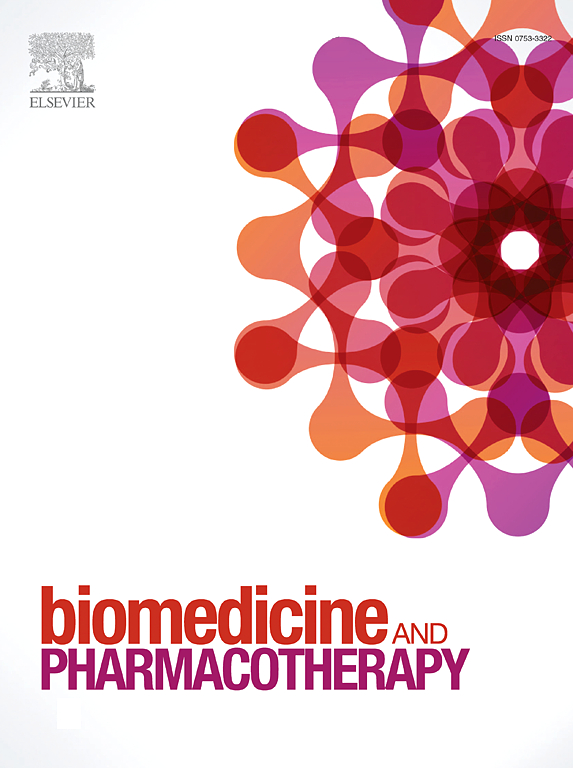Biological solutions activated by cold plasma at atmospheric pressure: A new therapeutic approach for skin wound healing
IF 6.9
2区 医学
Q1 MEDICINE, RESEARCH & EXPERIMENTAL
引用次数: 0
Abstract
Chronic wounds are a major public health problem, and nearly 35 % of them do not heal with conventional treatments. The direct application of cold plasmas at atmospheric pressure, partially ionized gases, is an emerging technology with a range of potential biomedical applications, including the improvement of wound healing. A new method that is easier to implement has been developed: the use of biological solutions exposed to cold plasmas at atmospheric pressure, known as plasma-activated media (PAM). Numerous preclinical studies and in vitro models indicate that PAM treatments facilitate wound healing by promoting the migration of cell types such as keratinocytes, fibroblasts and mesenchymal stem/stromal cells, stimulating angiogenesis, and inhibiting bacterial proliferation, all of which are critical to this vital process. PAM treatments modulate the inflammatory response, induce the expression of growth factors and matrix metalloproteinases, reduce cellular adhesion, promote cytoskeletal modifications and activate several biochemical pathways involved in the wound healing process, possibly through the action of plasma-generated reactive oxygen and nitrogen species. Some studies have shown that PAM may have applications in the treatment of other skin conditions either by reducing the production of pro-inflammatory cytokines or by inducing apoptosis of tumor cells. PAM treatments therefore represent a promising new therapy for the management of dermatological conditions, particularly for chronic skin and mucosal wounds.
求助全文
约1分钟内获得全文
求助全文
来源期刊
CiteScore
11.90
自引率
2.70%
发文量
1621
审稿时长
48 days
期刊介绍:
Biomedicine & Pharmacotherapy stands as a multidisciplinary journal, presenting a spectrum of original research reports, reviews, and communications in the realms of clinical and basic medicine, as well as pharmacology. The journal spans various fields, including Cancer, Nutriceutics, Neurodegenerative, Cardiac, and Infectious Diseases.

 求助内容:
求助内容: 应助结果提醒方式:
应助结果提醒方式:


